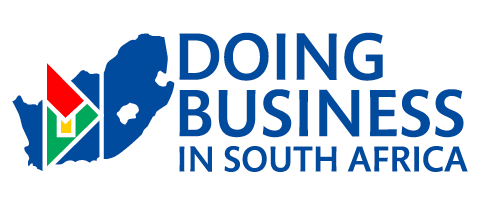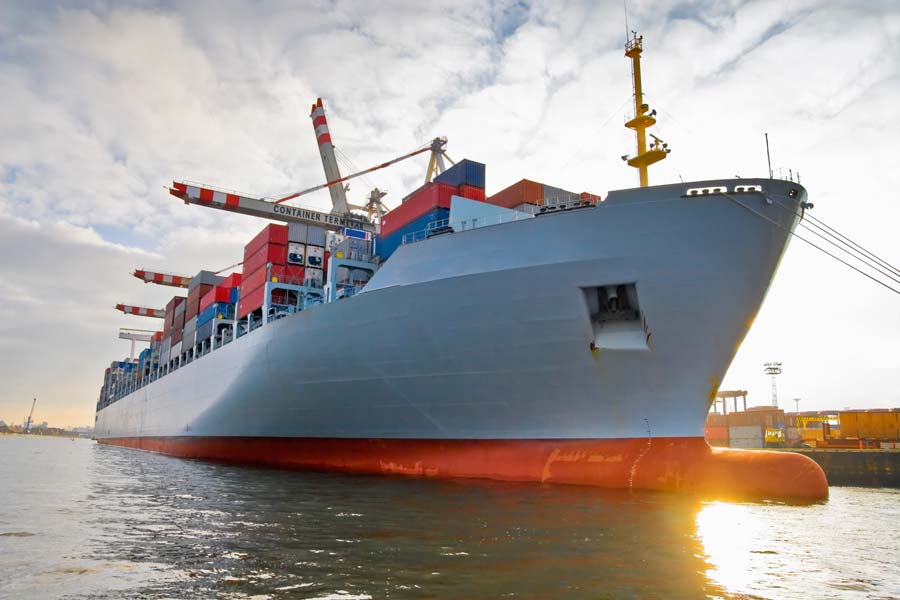Supply chains are the lifeblood of any business. Practically, supply chain management is the active and strategic steps a business can take to ensure the flow of goods and services, and resources necessary to fulfil their business objectives. For example, a small-medium enterprise selling fruits that are sourced from a particular market cannot sell fruits because the market did not receive fruits for a season.
More recently, businesses have encountered an unprecedented amount of supply chain disruptions, amidst the national shutdowns, border closures brought on by Covid, the Ukraine and Russian conflict and Eskom’s load-shedding. Delivering the right product in the right quantity and condition at the right place, price and time have become nearly impossible.
To sustain business competitiveness companies must build in sufficient flexibility to become resilient to future disruptions. How can this be achieved? Each stage of a production flow must be assessed for risks and control measures should be placed to prevent supply chain disruptions.
In the past, businesses could rely on a single supplier or a few suppliers, however in these times it is critical to diversify your supplier database to spread and reduce risks and reduce impact. While it is impossible to anticipate and plan for every single scenario pertaining to supply chain disruption, the proactive management and planning for such an occurrence may prove to be an invaluable strategy. Another practical measure for businesses, is to identify suitable backup suppliers having conducted the same checks and verifications that would have been done when selecting a primary supplier. A business could also enter an agreement with them to reserve production capacity.
What are the risks?
There are different categories of risks[1], which broadly fall under external supply chain risks, and internal supply chain risks. These can be further categorized.
Source: Hitachi Solutions 2022
Source: Hitachi Solutions 2022
The Covid-19 pandemic is an atypical risk event. Its impact eclipsed anything most supply chain leaders will have seen before.[2] Similarly, a protracted conflict between Ukraine and Russia is having a significant impact on supply chains affecting several sectors, agricultural, chemicals, manufacturing, metals, oil, and gas. The world witnessed congested ports, expensive cargo capacity, transport delays, product line closures, business closures and an increase in commodity prices. The key consideration for business entities amidst the chaos is how to stabilize for immediate disruptions and build resilience for the longer term.
For businesses to respond to such a crisis, requires continuous end-to-end assessment, optimization, and monitoring. This would require strong data and analytics capabilities, which are critical to understanding complexity, anticipating disruption, and developing a response.
Having reviewed a few approaches to managing supply change disruptions, these are some of the most practical measures to put in place.
- Diversify the supplier data base
- Have back up suppliers ready
- Prepare for the worst with risk management plans
- Develop end to end supply chain visibility
- Share responsibility by including partners in risk and planning
- Review supply chains risks periodically
Source: CHAS
According to McKinsey[3] companies can manage risks through:
- Identifying and documenting risks
- Build a supply chain risk management SWAT team that is able to respond quickly
- Monitor risks
- Institute governance and regular review using an agile and responsive team with clear owners and accountabilities from every aspect of the product value chain
- Develop control measures
What are the key performance measures?
Key performance measures provide information on how your business is performing. Think about a key performance measure as a speedometer on a racecar. The driver wants to improve performance speed and time and will constantly strive to improve performance. Similarly, a business would want to improve its performance measures to maintain competitiveness in the market.
A performance measure ensures you are constantly evaluating business activity. If there are fluctuations in the wrong direction, you can respond quickly and appropriately.
What indicators should a business owner be looking at?
- Inventory accuracy- knowing what is in stock and quantity and what is not in stock to fulfil orders
- Cash to cash cycle- measures the time is takes your business to pay a supplier to the time your business receives payment from a customer. The shorter the time the better.
- On time delivery
- Average days late
- Order accuracy
- Perfect order rate- measures how many orders a company ships without incident i.e. damaged goods, inaccurate orders, or late shipments. It measures:
- Percentage of sales made on time
- In full delivery
- Damage free delivery
- Accurate documentation
While some advocate for a long list of performance indicators, the Logistics Bureau[4], maintains that a business should not have too many KPIs but should have a hierarchical set of KPIs that are relevant to each management level, and these should not be more than two levels.
Building a resilient supply chain requires constant monitoring and adaptation, allowing it to be versatile and responsive to the ever-changing business environment. The approach to managing supply chain risks need not be overly complex and burdensome to a business. The best approach however is a proactive approach to ensure that companies regardless of their size remain competitive in their offerings.
[1] https://global.hitachi-solutions.com/blog/supply-chain-risk-management/
[2] https://www.accenture.com/be-en/insights/consulting/coronavirus-supply-chain-disruption
[3] https://www.mckinsey.com/capabilities/operations/our-insights/a-practical-approach-to-supply-chain-risk-management
[4] https://www.logisticsbureau.com/kpi-key-performance-indicator

